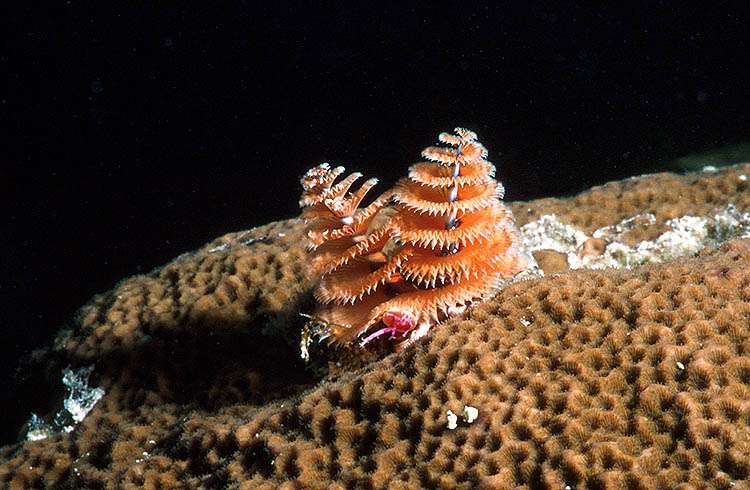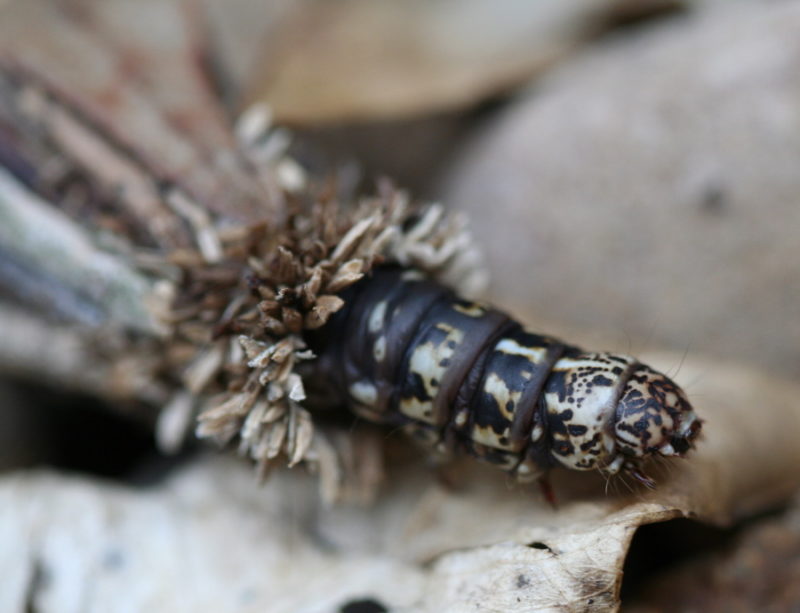Christmas Tree Worm Eating

Christmas tree worms spirobranchus giganteus are polychaete ciliary feeders that feed using their radioles the hair like appendages or feathers that circle outward from the central spine to catch phytoplankton floating by in the water.
Christmas tree worm eating. Most of the larger species eat ciliates organic detritus and certain types of invertebrate larvae such as zooplankton and phytoplankton. However they are most commonly found on juniper arborvitae spruce and other evergreens. This somewhat specialized diet along with this species intolerance for strong direct water movement make it somewhat difficult to feed.
The common name for these worms is derived from their appearance not their habitat or diet. It lives in tropical oceans not tannenbaums embedding itself in coral reefs and. The bags somewhat resemble small christmas tree ornaments hanging from the tree bagworms feed on the foliage of a wide variety of trees and shrubs.
The christmas tree worm is purely a filter feeding species whose diet should consist of plankton foods in the currents and should be supplemented with liquid plankton based foods. The spindle shaped bags are made of silk and bits of foliage needle fragments. As sedentary inhabitants of coral reefs christmas tree worms feed primarily by filter feeding.
Cilia then pass the food to the worm s mouth. The christmas tree worm feeds by trapping plankton and other small particles on their plumes. They aren t very big averaging about 1 5 inches in length.
The food is then passed down a food groove by ciliary tracts lines of tiny hair like extensions on the surface of cells that generate water currents to move food or mucus. You won t find spirobranchus giganteus also known as the christmas tree worm eating your fir tree this year. Each worm has two brightly colored crowns that protrude from its tube like body.
Christmas tree worms live inside corals where they hide from predators. Few organisms are known to feed on tube borne polychaetes and s. There is such a thing as a christmas tree worm but it isn t the evergreen eating pest its name might imply.

















